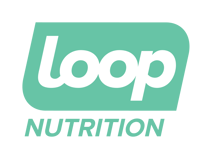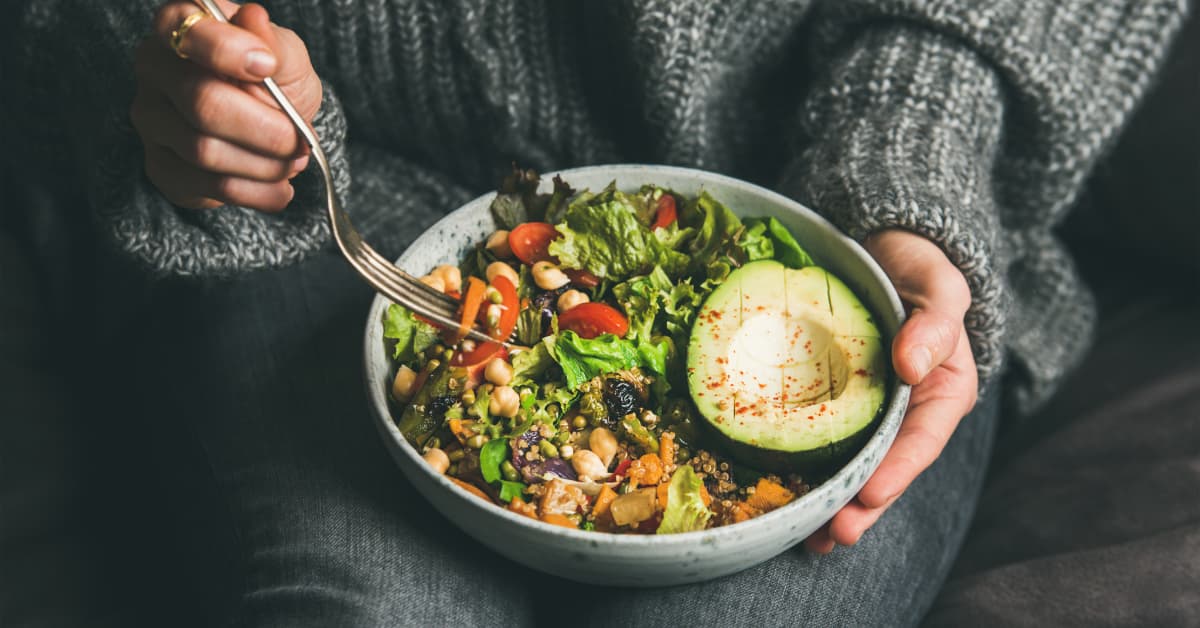How to Read Food Labels for Hormone Health
If you’ve been feeling low energy, struggling with weight changes, or noticing shifts in mood, your hormones might be playing a role. Hormones like insulin, cortisol, and estrogen are influenced by what (and how) we eat every day.
Reading a nutrition label might not sound exciting, but it’s one of the most practical tools you have to support hormone health. With just a little know-how, you can use labels to build meals that keep blood sugar steady, support gut health, and reduce the “energy rollercoaster” that many of us feel.
Why Food Labels Matter for Hormone Balance
Hormones are your body’s messengers. They regulate everything from blood sugar to sleep, appetite, stress, and reproductive health. When they’re out of balance, you might notice symptoms like fatigue, cravings, or mood swings.
Nutrition plays a key role. Here’s why:
- Added sugars, especially on their own, can cause quicker rises and falls in insulin, a hormone that regulates blood sugar. This may leave you feeling tired, irritable, or craving more soon after.
- Too little protein at meals can affect hormones related to satiety, leaving you hungrier sooner, while also influencing muscle and metabolism.
- Not enough fiber can make it harder for your body to bind and eliminate excess estrogen.
- Excess saturated fats and highly processed foods can promote chronic inflammation, which interferes with normal hormone signaling.
The good news? By learning what to look for (and what to limit), you can use labels to create meals that keep you feeling more balanced and satisfied.
→ Dive deeper into what “hormone imbalance” really means.
Step 1: Check the Ingredients List
Ingredients are listed from most to least. This gives you a sense of how the food is made.
- Added sugars → Look for words like cane sugar, honey, agave, dextrose, or corn syrup. All added sugars affect your body similarly. Our rule of thumb: aim for less than 7 g of added sugar per serving.
- Fats and oils → Oils like canola, soybean, and sunflower are safe and provide essential omega-6 fats. The key is balance: aim to include omega-3-rich foods (like salmon, flax, or chia) regularly and limit excess saturated fats (butter, coconut oil, fatty cuts of meat).
- Artificial sweeteners → Some, like aspartame or saccharin, may have negative impacts on gut health or appetite. Be mindful of how often they show up in your foods.
- Simple ingredient lists → A shorter list with recognizable foods (oats, beans, nuts, fruits, veggies) usually means fewer additives.
👉 Pro tip: Don’t stress if you see preservatives or emulsifiers here and there. Most are considered safe. What matters most is the overall pattern of your diet.
Ingredients to minimize when possible:
- Artificial dyes (like Red 40, Yellow 5, Blue 1): Linked to hyperactivity in children and may cause sensitivity in some adults.
- Sodium nitrites/nitrates (often in processed meats): Can form harmful compounds when cooked at high heat.
- Potassium bromate (a flour additive): Considered a possible carcinogen in animal studies and banned in many countries.
- Trans fats (partially hydrogenated oils): These directly increase cardiovascular risk and should be avoided. The FDA has phased these out in most products, but it’s still worth double-checking the ingredients list for “partially hydrogenated oils” — if you see it, put it back on the shelf.
Step 2: Read the Nutrition Facts Panel
Here’s what to focus on (per serving):
- Protein: Don’t expect every food to provide a big dose — fruits and veggies aren’t meant to. Instead, aim for a protein-rich source at each meal (around 20+ grams is a good benchmark) from foods like yogurt, chicken, or salmon. Then let other foods — beans, grains, nuts, and seeds — add smaller amounts that help you meet your daily needs. Remember, protein requirements vary from person to person depending on age, activity level, and health goals.
- Fiber: Look for 3–5 g per serving of plant-based foods. Fiber supports digestion and helps your body remove excess estrogen. Adding in more sources of fiber to meals can also help improve your insulin sensitivity.
Carbohydrates: Instead of fearing carbs, check how many are from added sugars. Opt for complex carbs, and pair carbs with protein and fiber to avoid glucose spikes. - Fats: Look at the type. Unsaturated fats (from nuts, avocado, olive oil) are hormone-friendly. Saturated fat isn’t “bad,” but keep it moderate.
- Sodium: Useful to glance at - especially if you eat a lot of packaged foods. Try to keep most meals <600mg sodium.
Labels That Can Be Misleading
- “Low fat” or “fat-free” → Often means extra sugar or starch was added. Fat is not the enemy — quality matters more.
- “Natural” or “healthy” → These words aren’t regulated and don’t guarantee better nutrition.
- "Fortified" → Can be helpful, but remember: nutrients are often better absorbed from whole foods.
Practical Shopping Tips
- Shop smart in every aisle: The perimeter is great for fresh produce, proteins, and dairy — but don’t skip the middle aisles. That’s where you’ll find pantry staples like whole grains, beans, jarred tomato sauces, and even high-protein pastas. And yes, the frozen aisle is your friend too — frozen fruits, veggies, and salmon are just as nutritious as fresh.
- Choose simple swaps: flavored yogurt → plain Greek yogurt with your own fruit; sweetened cereal → oats with berries and nuts.
- Look for balance in your cart: lean proteins, fiber-rich carbs, colorful veggies, healthy fats, and a few fun extras (like dark chocolate!)
Balanced, Label-Smart Meal Ideas
- Breakfast: Plain Greek yogurt + berries + chia seeds
- Lunch: Salad with spinach, cherry tomatoes, canned salmon, and olive oil + lemon
- Snack: Apple slices with peanut butter or a small handful of nuts
- Dinner: Sheet pan salmon + roasted sweet potato + zucchini
These meals all check the boxes: protein, fiber, healthy fats, and controlled added sugars.
Final Takeaways
Remember, the goal isn’t to fear every additive, but to make informed choices. Most foods in your cart will be perfectly fine. But learning to spot the few ingredients worth avoiding — like artificial dyes, nitrates, potassium bromate, or trans fats — helps you shop with more confidence.
Small, consistent choices matter more than perfection. Start with one swap at a time and you’ll see the difference in how you feel over time.
If you’re ready for more personalized support, working with a registered dietitian can help you translate these guidelines into meals that fit your lifestyle and preferences.








.jpg)

.jpg)